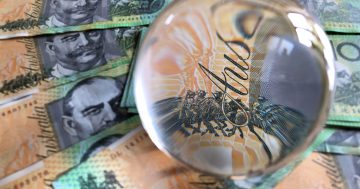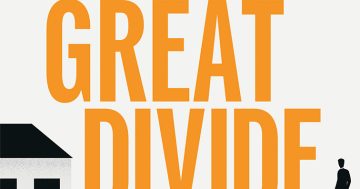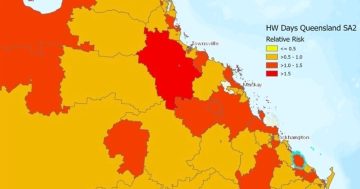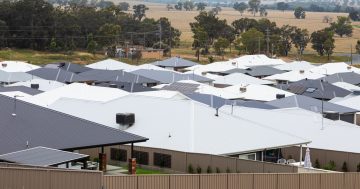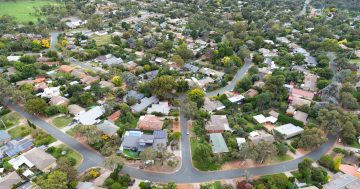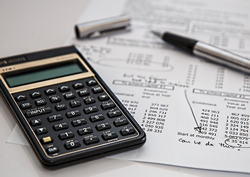 Data from Australia’s largest survey of income and wealth has found that household disposable income and wealth inequality was relatively stable leading into the COVID pandemic.
Data from Australia’s largest survey of income and wealth has found that household disposable income and wealth inequality was relatively stable leading into the COVID pandemic.
Head of Household Income and Expenditure Data at the Australian Bureau of Statistics (ABS), Benjamin Mitra-Kahn said the ABS’s Household Income and Wealth, Australia, 2019-20 survey found the average household’s weekly disposable income increased by $30 in 2019–20, “statistically unchanged in real terms from 2017–18″.
“Low income households average weekly disposable income increased by $4 a week and high income households increased by $27 a week from 2017–18 to 2019–20,” Dr Mitra-Kahn said.
“Middle income households had the largest increase of $37.”
He said that over the decade from 2009–10 to 2019–20, inflation adjusted average household weekly disposable income by an increase of $90.
Dr Mitra-Kahn said that for low income households, the increase was $33, while high income households saw an increase of $155.
“This meant that over the decade, low income households had an 8.6 per cent increase in average inflation adjusted household weekly disposable income, middle income households a 9.9 per cent increase, and high income households a 7.4 per cent increase,” he said.
“Thirty per cent of households were servicing a total debt three or more times their annual disposable income in 2019–20, up from 24 per cent a decade earlier.”
He said that while more households accrued debt in 2019–20, they also saw an increase in asset values over the decade, particularly related to housing.
Dr Mitra-Kahn said survey data also showed average household wealth remained relatively unchanged in 2019–20 compared to 2017–18, but total household liabilities went up $14,400 on average, an increase of 7.6 per cent.
“While wealth and the distribution of wealth remained relatively unchanged, Australian households saw an average 39 per cent increase in their liabilities over the decade, from $146,200 in 2009–10 to $203,800 in 2019-20,” he said.
The ABS Survey of Income and Housing 2019–20 can be accessed at this PS News link.


